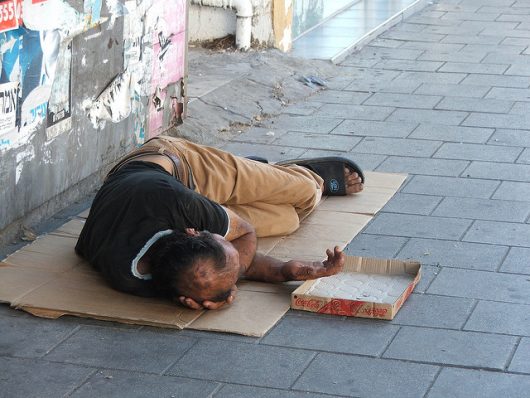 The percentage of GDP toward U.S. foreign aid is lower than most people expect, not even making it among the top 20 when compared to similar OECD nations. However, the U.S. does rank first in the amount of aid given, with over $34 billion going to foreign aid. The second-highest-ranking country is Germany, which gave about $24 billion to foreign aid. Many Americans may wonder where does this $34 billion go to and how is it used?
The percentage of GDP toward U.S. foreign aid is lower than most people expect, not even making it among the top 20 when compared to similar OECD nations. However, the U.S. does rank first in the amount of aid given, with over $34 billion going to foreign aid. The second-highest-ranking country is Germany, which gave about $24 billion to foreign aid. Many Americans may wonder where does this $34 billion go to and how is it used?
Top 5 Recipients of U.S. Foreign Aid in 2019
Iraq ($960 million)
The U.S. government’s role in war-torn Iraq shaped the way the U.S. allocates foreign aid in the country. Post-Iraq invasion saw mostly aid in the form of investments into essential services. ISIS and the areas it controlled and used to fund itself damaged the country. So, the plans following 2010 for U.S. foreign aid revolved mostly around reconstruction and infrastructure investments. Today, humanitarian aid mainly addresses those displaced by violence, especially those in former ISIS-occupied areas and those recovering from economic collapse.
Egypt ($1.46 billion)
Since 1978, Egypt received more than $50 billion in U.S. military aid and $30 billion in economic assistance. According to the Center for Global Development, military aid remains steady as of recent. However, humanitarian assistance is slowly declining since the 1990s. Although military aid makes up a majority of Egypt’s aid, issues relating to health, such as infant and maternal mortality rates, are improving. In addition, USAID made significant investments in Egyptian education. The aid currently works to foster economic development in the public and private sectors.
Jordan ($1.72 billion)
According to U.S. News and World Report, most of Jordan’s aid in 2019 is economic unlike the two countries above. The latest numbers for the year 2020 show significant investments from the U.S. to Jordan. U.S. assistance for Jordan’s COVID-19 response adds up to about $35.4 million. This includes almost $20.8 million in humanitarian support to assist refugees in Jordan. Throughout the years, Syrian refugees in Jordan received $1.7 billion in humanitarian U.S. aid since the start of the Syria crisis.
Israel (3.3 billion)
New statistics in 2020 indicate the U.S. granted Israel an additional $500 million to the Israeli state. The aid falls under the long-term agreement signed by the Obama administration. U.S. Foreign aid to Israel is almost all military aid. Since 2000, 70% of foreign aid assistance is military aid and in 2019, military aid made up a record high of 99.7% of Israeli aid. In total, Israel received the most U.S. foreign aid of any country since World War II.
Afghanistan ($4.89 billion)
As in Israel and Egypt, a large amount of U.S. foreign aid to Afghanistan is military support rather than humanitarian organization assistance. As for other forms of aid, the U.S. government recently announced a $266 million humanitarian aid package for the Afghan people. It will support people in the midst of conflict and facing severe food insecurity. Since 2020, USAID to Afghanistan amounted to $543 million. Essential products, food and direct cash will benefit more than 2.3 million people. This includes the most vulnerable and damaged families and households, many of whom have fled their homes. People flee due to the violence in the region or an inability to pay for necessities due to COVID-19’s economic effects on the prices of goods.
– Gene Kang
Photo: Wikimedia Commons
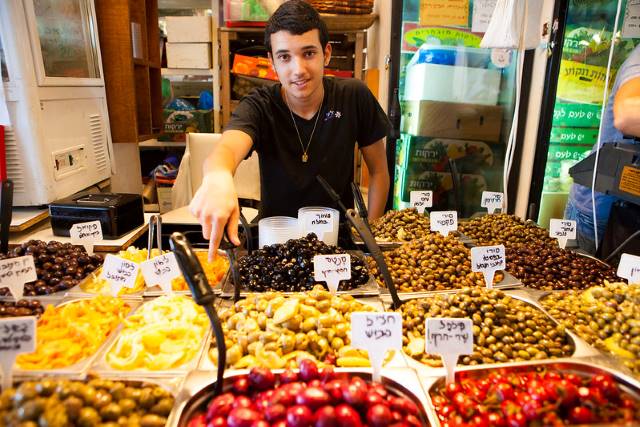 It is an indisputable fact that everyone needs food for survival. Even further, everyone needs enough nutritious food to truly thrive. That being true, the reality is that not everyone gets enough high-quality, nutritious food yet significant amounts of food are thrown away daily. This dilemma is present globally and Israel is no exception. Food waste and food insecurity in Israel is a growing problem, but one organization, Leket Israel, is working to address both.
It is an indisputable fact that everyone needs food for survival. Even further, everyone needs enough nutritious food to truly thrive. That being true, the reality is that not everyone gets enough high-quality, nutritious food yet significant amounts of food are thrown away daily. This dilemma is present globally and Israel is no exception. Food waste and food insecurity in Israel is a growing problem, but one organization, Leket Israel, is working to address both.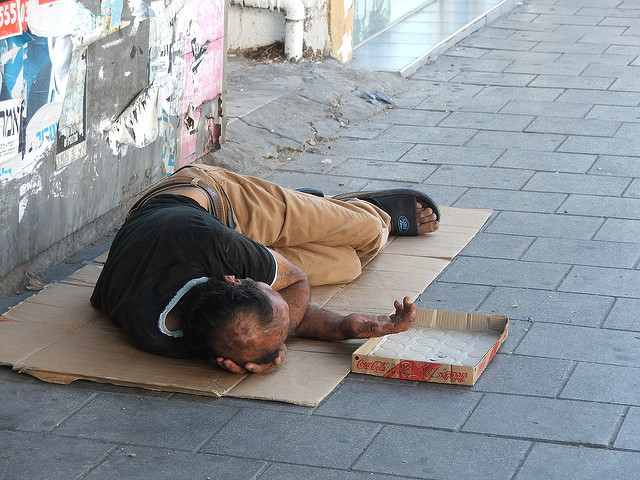
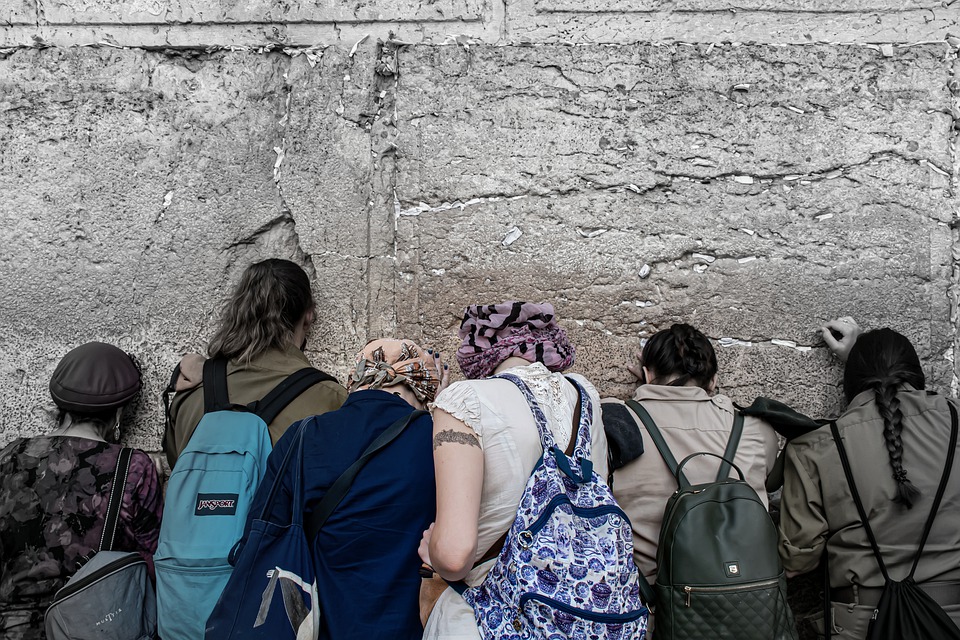
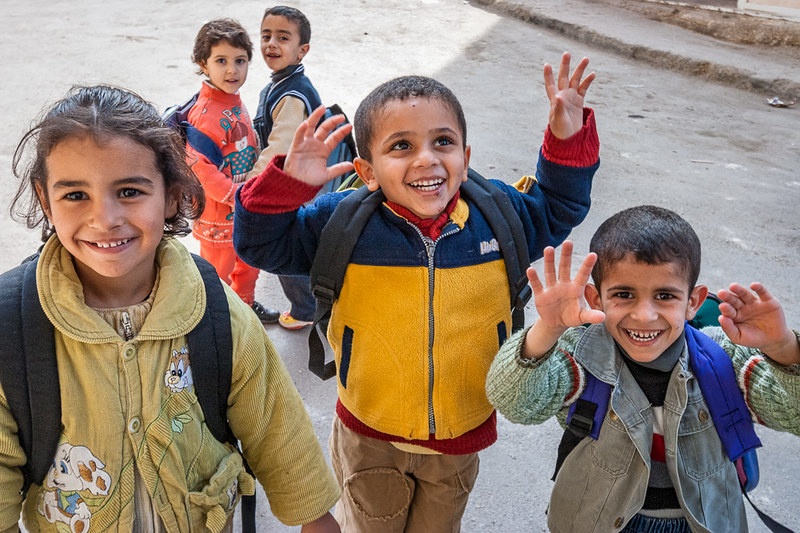
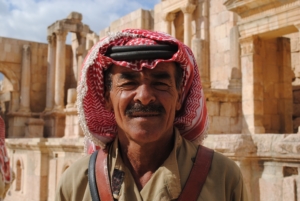
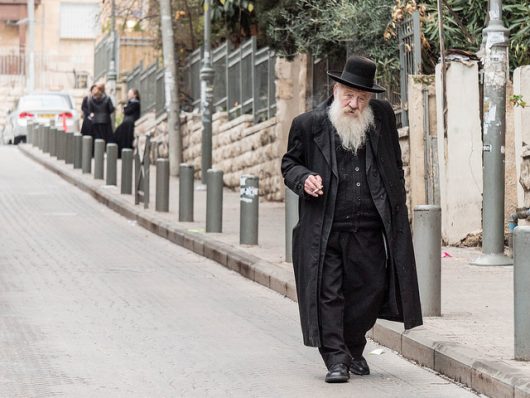 Of the 34 member countries of the Organization for Economic Co-operation and Development (OECD), Israel ranks twenty-sixth poorest when discussing gross income, or before government intervention. However, when poverty is discussed in net terms or income after government intervention, it is
Of the 34 member countries of the Organization for Economic Co-operation and Development (OECD), Israel ranks twenty-sixth poorest when discussing gross income, or before government intervention. However, when poverty is discussed in net terms or income after government intervention, it is 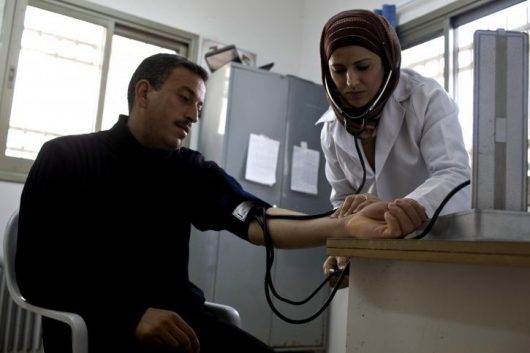 Due to the Israeli-Palestinian conflict, the people of the Palestinian territories are under a tremendous amount of stress. Adding to their troubles is the fact that citizens also have to worry about the risk of contracting certain diseases.
Due to the Israeli-Palestinian conflict, the people of the Palestinian territories are under a tremendous amount of stress. Adding to their troubles is the fact that citizens also have to worry about the risk of contracting certain diseases.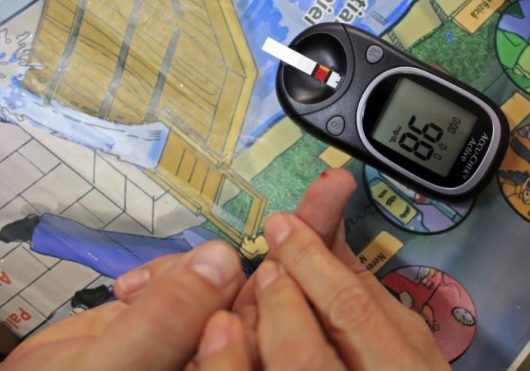 Israel is a small country in the Middle East with immense significance to several religious groups including Jews, Christians and Muslims. Benjamin Netanyahu currently serves as the prime minister to more than 8 million Israeli citizens.
Israel is a small country in the Middle East with immense significance to several religious groups including Jews, Christians and Muslims. Benjamin Netanyahu currently serves as the prime minister to more than 8 million Israeli citizens.